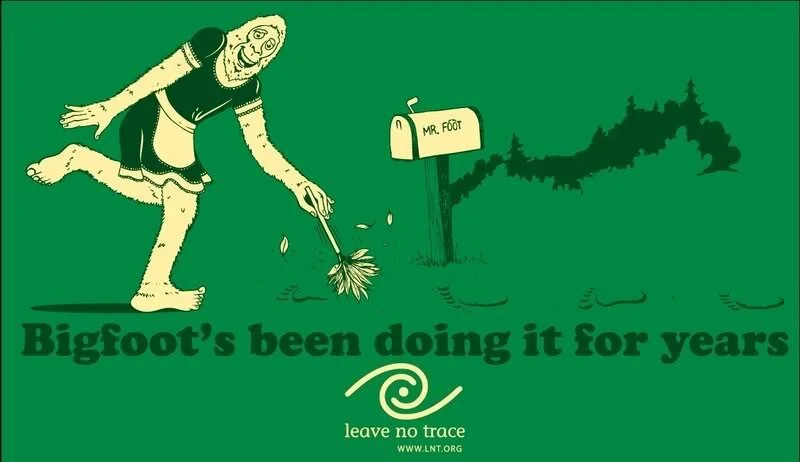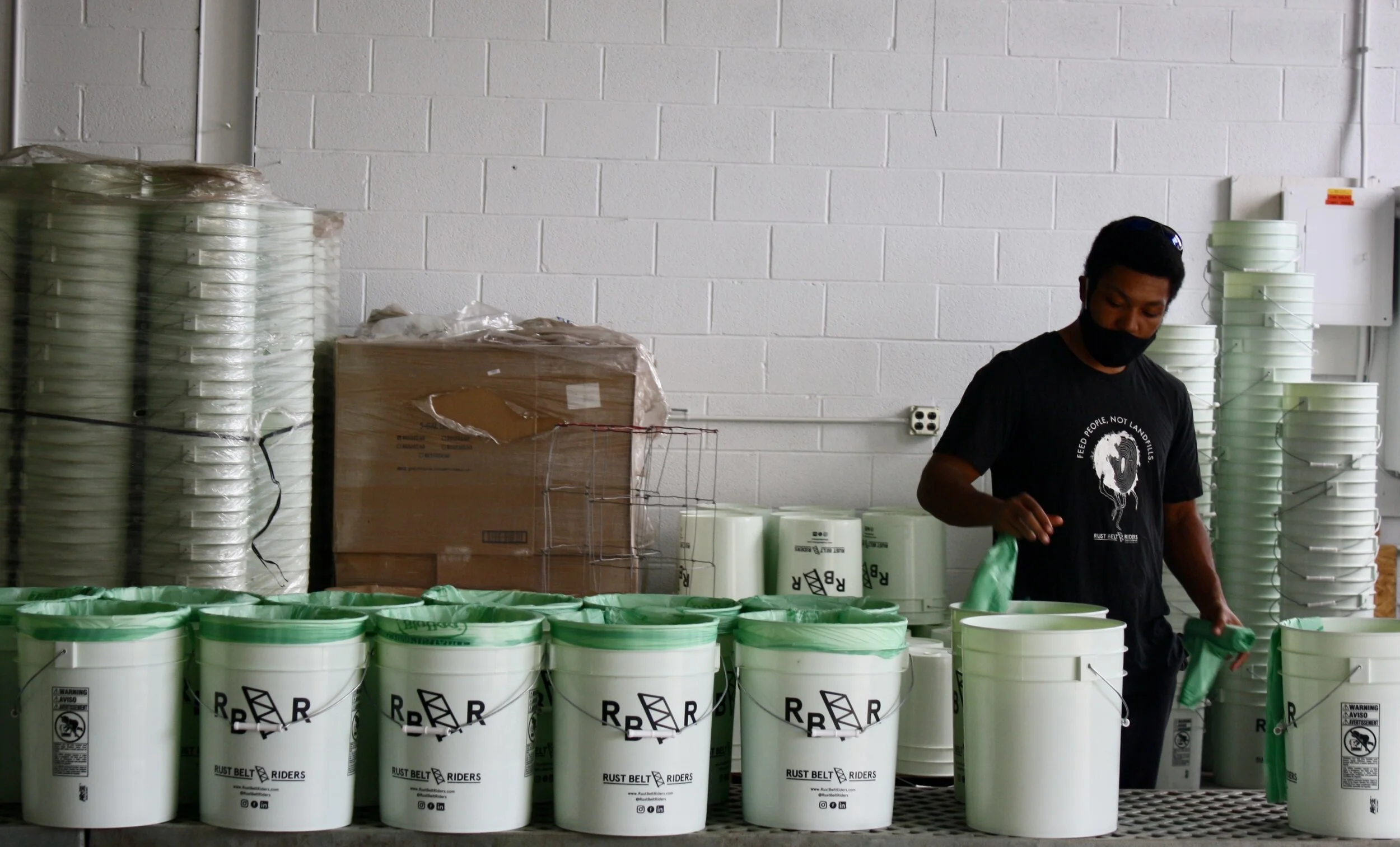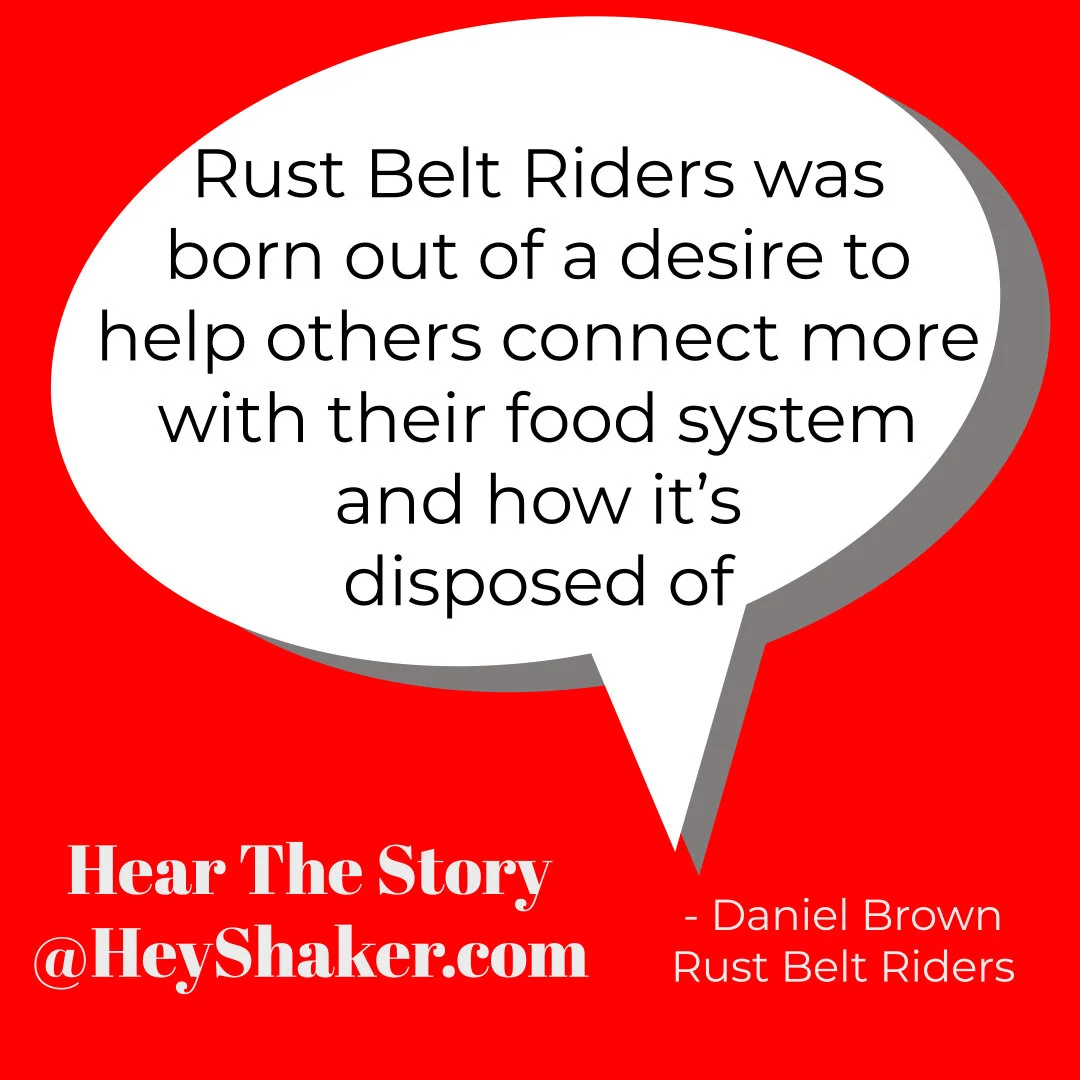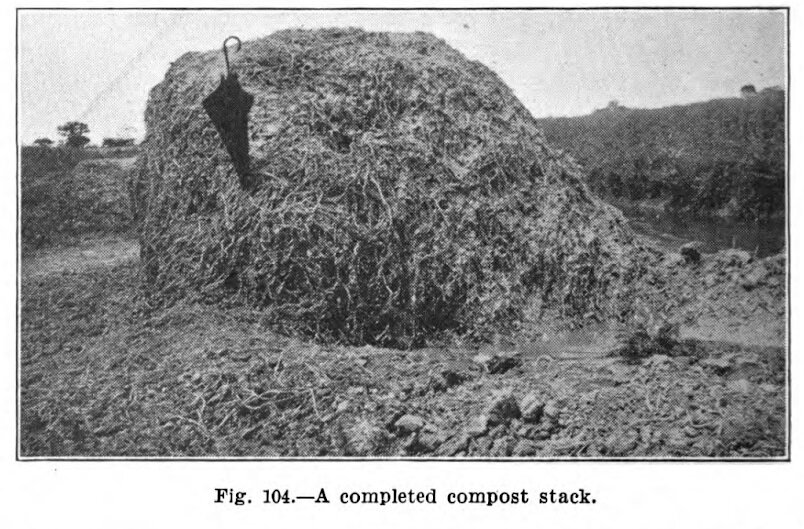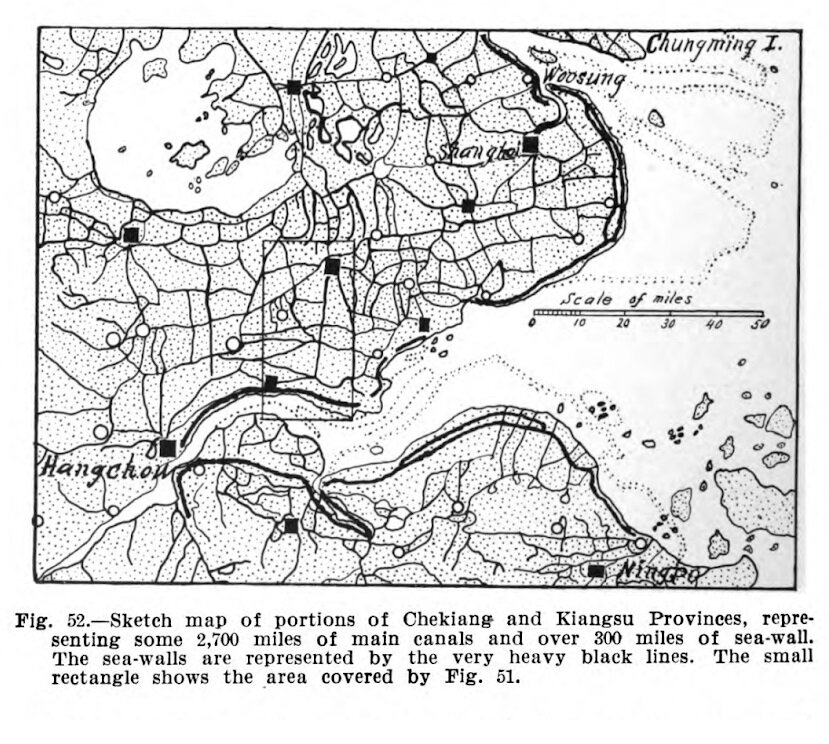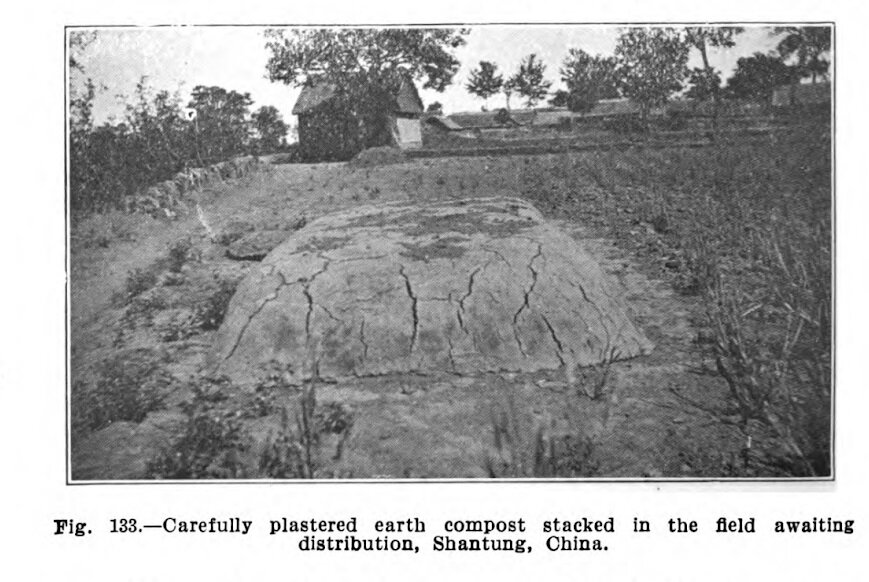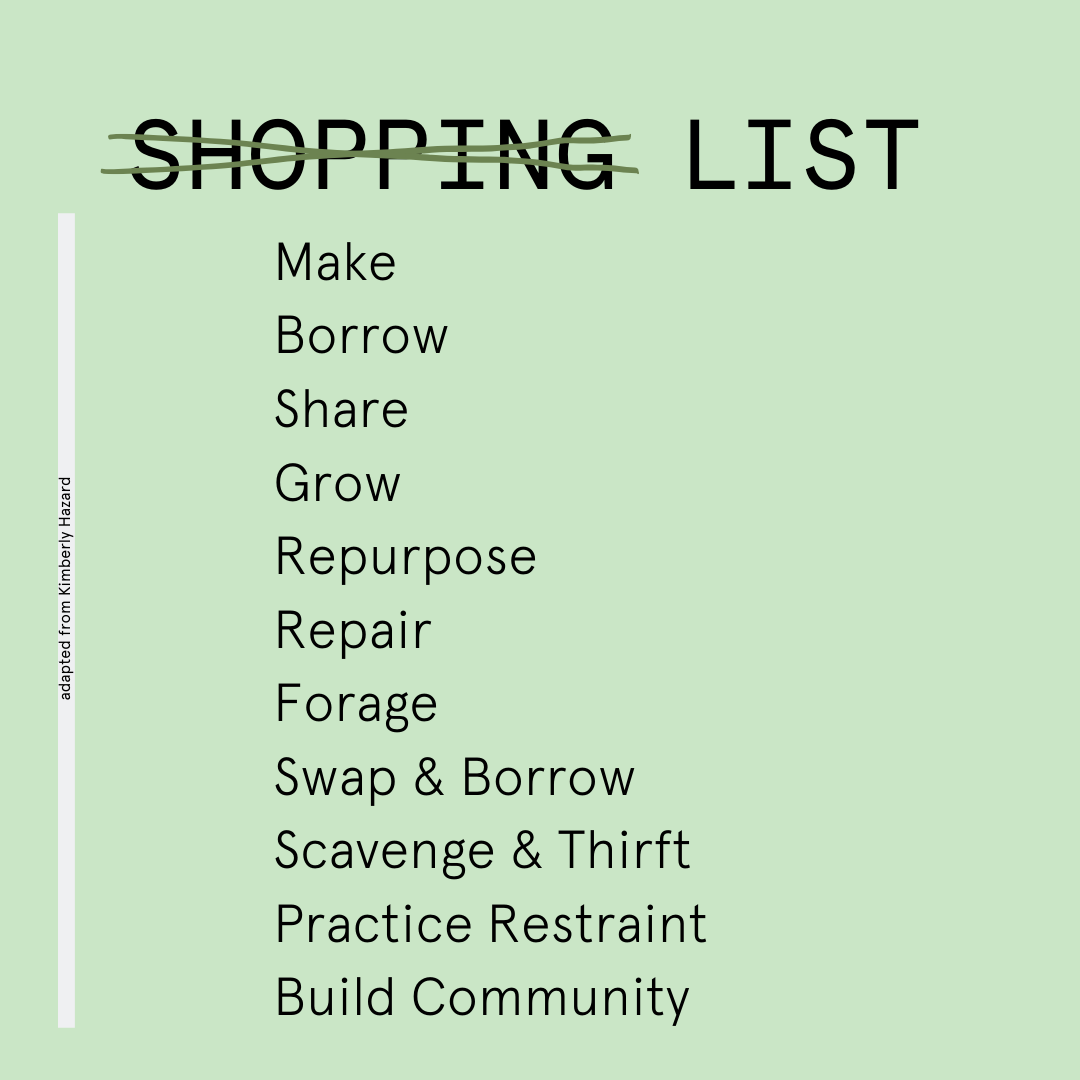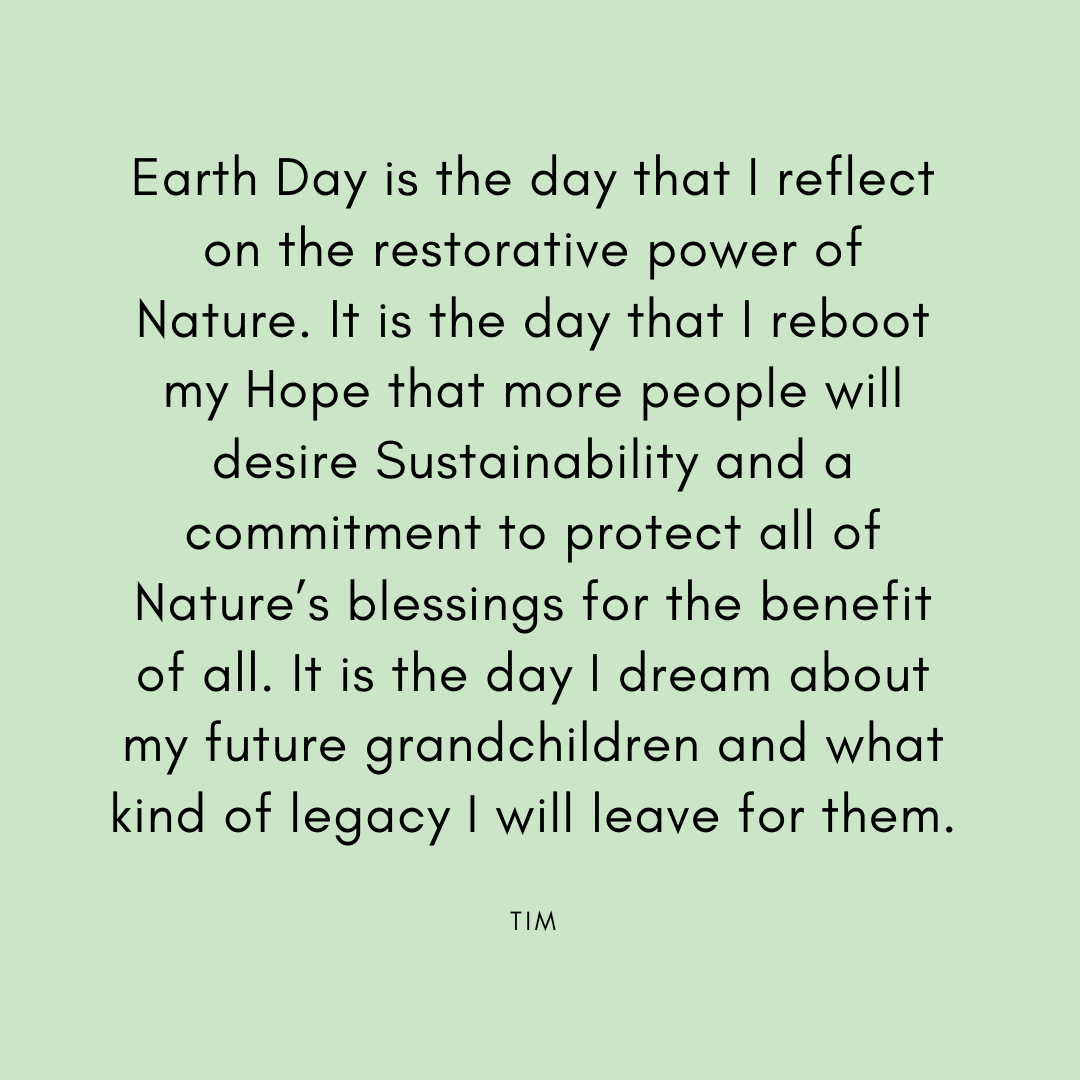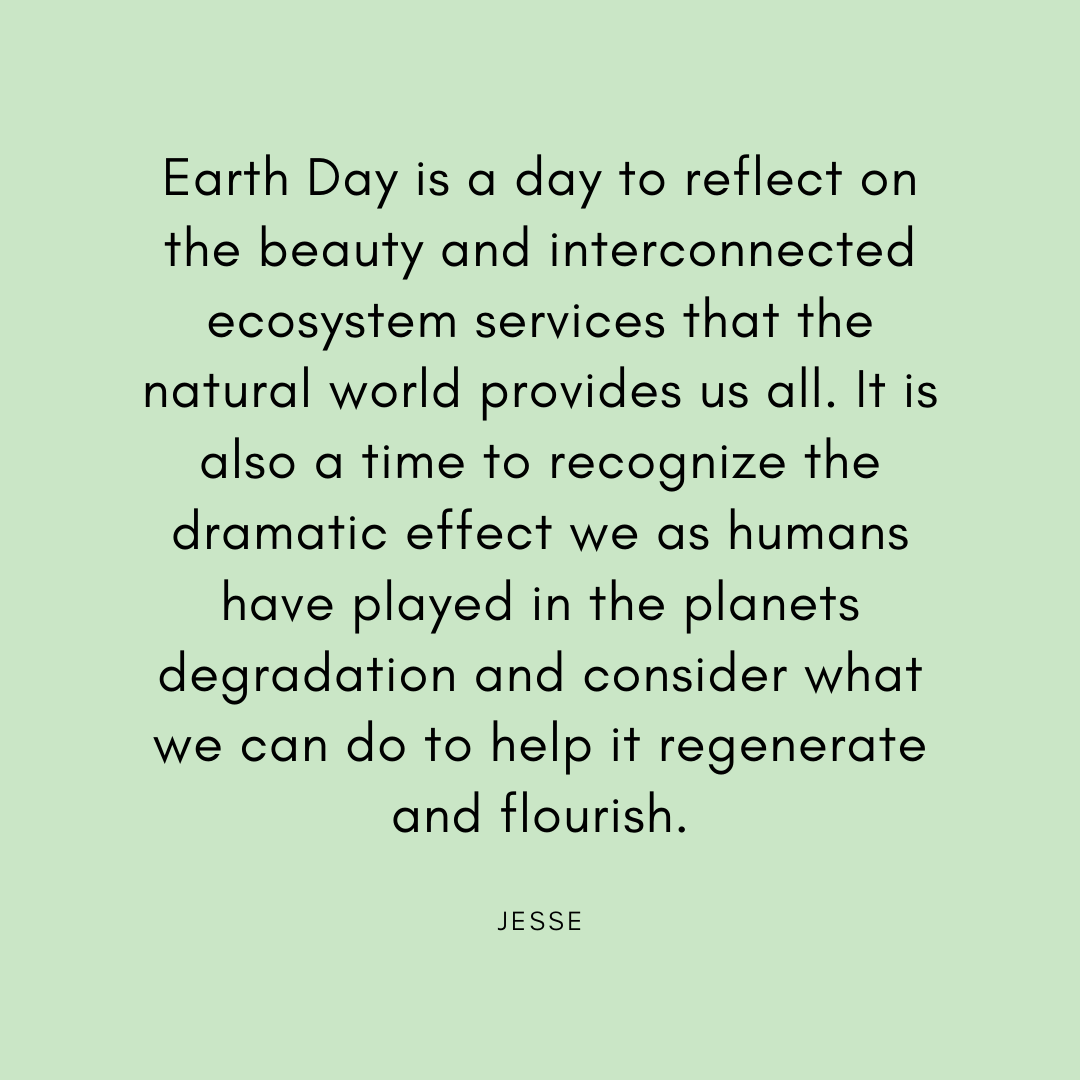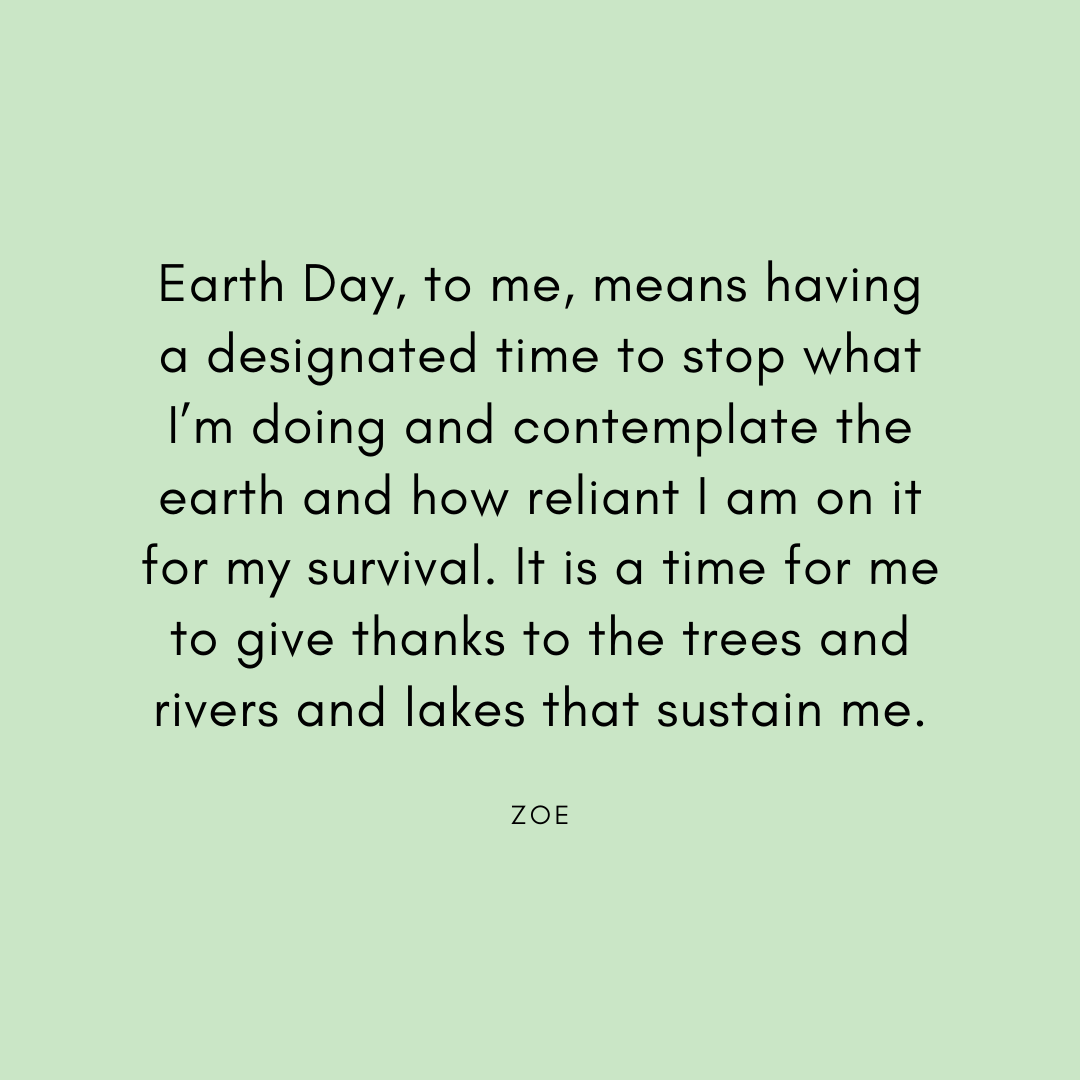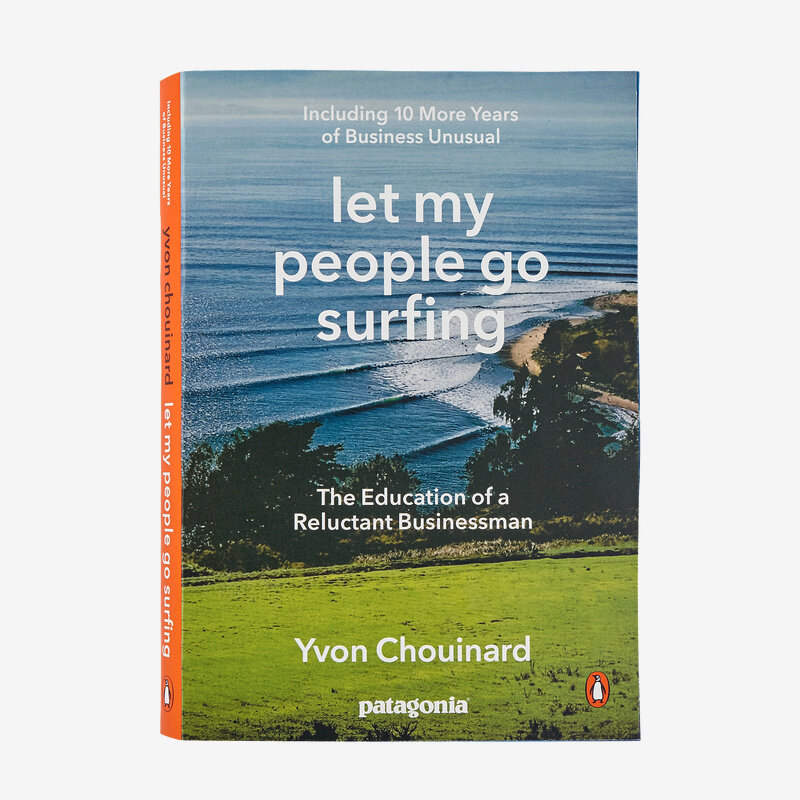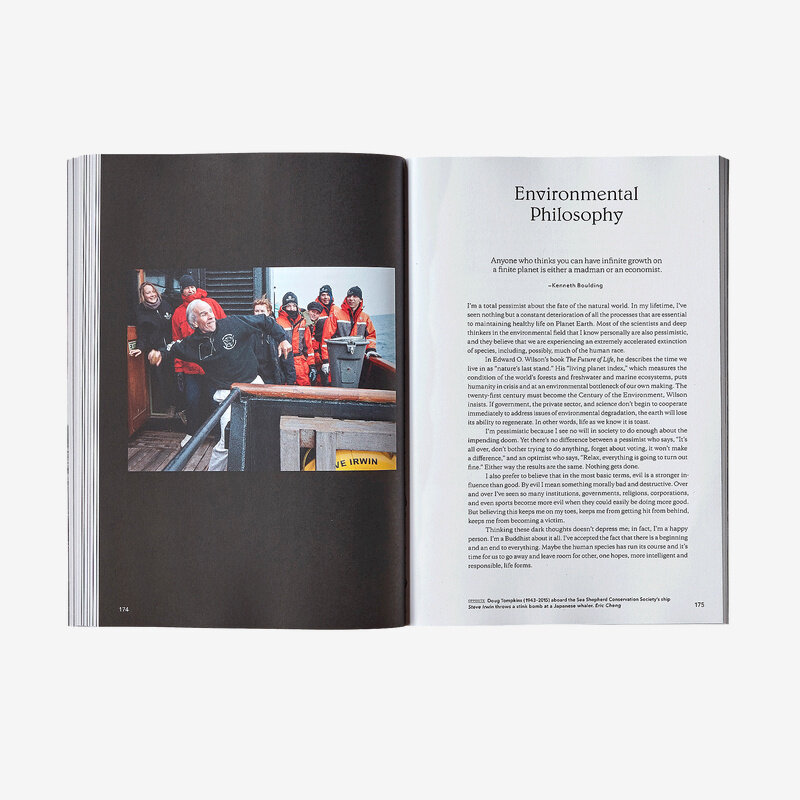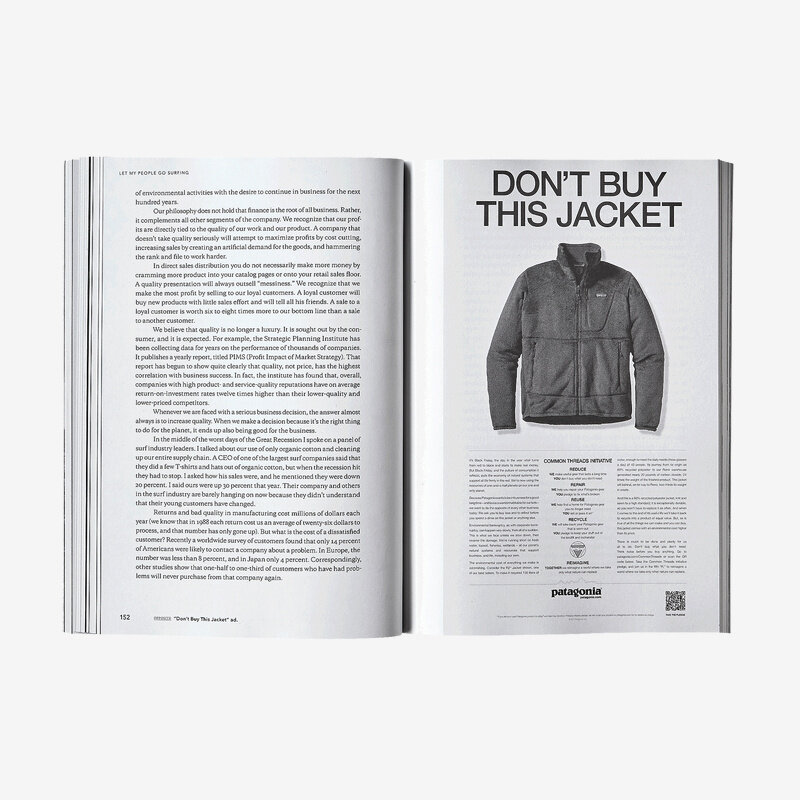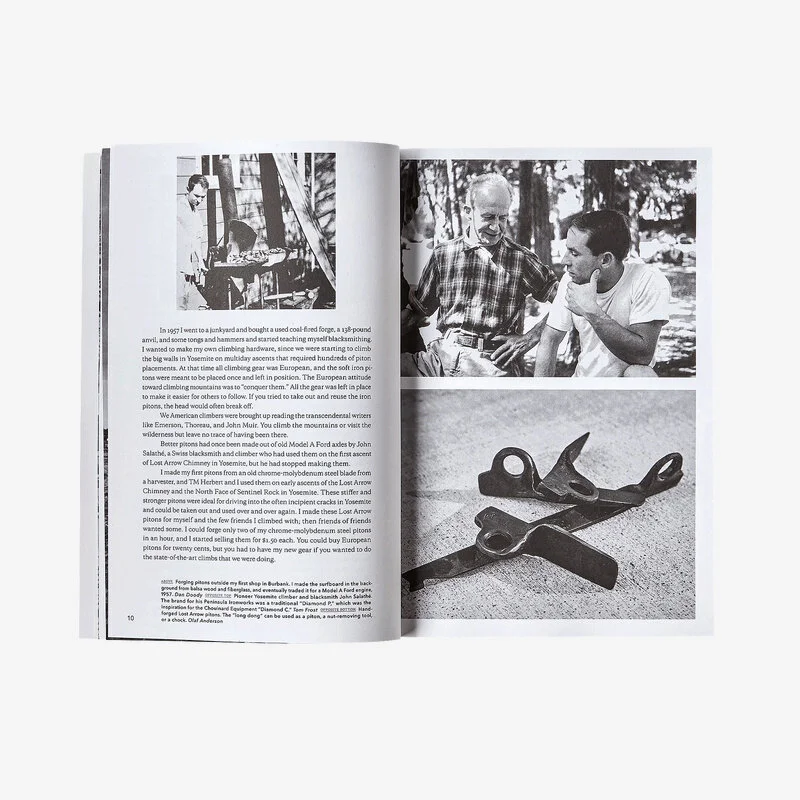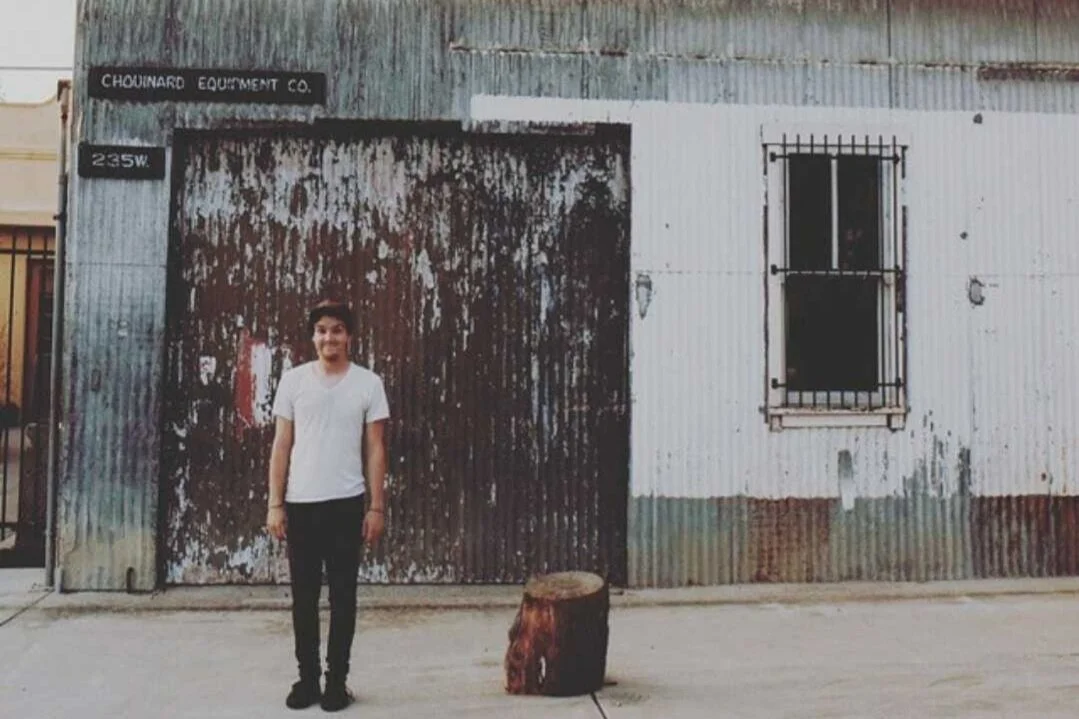Perhaps you have noticed, we are in the midst of a global pandemic. As a result, more of us are cooking, eating, gardening, and generally going stir crazy while in our homes. Lockdown and social distancing is a critical measure toward flattening the curve and promoting public health but the monotony of it all can grow tiresome and stressful for many people. We have noticed that many folks have, much to the pleasure of us and our planet, taken up memberships with local Community Supported Agriculture’s (CSA), started to garden, and (re)connected with home cooking. This phenomenon is not a localized turning of the tide, these trends are national.
Civil Eats reports that Community Supported Agriculture Shares are surging across the United States either in part or because of the global pandemic. This is good news for farmers, eaters, and the planet alike. This form of consumer behavior puts more money into the pockets of farmers by purchasing directly from them, it shortens supply chains and supports better farming practices at a time when most prevailing norms are in direct opposition to those ways of transacting and shopping.
Oftentimes, the only thing better than locally raised foods from your nearby farmer is growing the food yourself. People, so eager to start or amend their gardens have caused massive spikes in demand for compost and healthy soil. Organic farmers in Maine are even experiencing shortages in the market supply due to outsized consumer demand.
I, for one, have been cooking more than ever. With most of my favorite spots temporarily closed or open for take-out only, I have taken a lot of pleasure in making time to prepare meals for myself and loved ones. It’s been a great way to stay in touch with what’s in season, work on knives skills, and work through some of the dozens of cookbooks I have seemingly just been collecting over the years. Now more than ever, the kitchen feels like the heart and soul of my home.
It’s precisely for these reasons, among others, that food waste is also unfortunately surging. Perhaps because food waste is that much more difficult to ignore when you’re confronted with it on such an intimate level, or perhaps because we are generating most of our waste in our home rather than outsourcing our waste as we do when we toss items into the landfill at work, restaurants, or when we are otherwise out and about.
Our response to this has been to expand. We have been using this pandemic to try and do some soul searching to better serve our community and our region. We have been heartened by the overwhelming support for our programs. Our oldest and most mature program, the Drop-Off plan now boasts north of 800 monthly active members! We are thrilled to announce that we now have not one, not two, but three new locations thanks to your feedback.
Legacy Community Garden in the Detroit Shoreway neighborhood of Cleveland
Lowes Greenhouse and Nursery in Chagrin Falls.
This brings the total number of Drop-Off locations in our network to eight with more in the works. Our goal is to ensure every community member in the county has reasonable access to any of these drop-off locations. In order to help us better understand where our next batch of drop-off locations should be, please complete this survey and share it with your friends!
photo by Roger Mastroianni
Next up, we have expanded the service area for our Pick-Up program. Our service area now spans as far west as Lakewood and as far east as Beachwood. See THIS map to learn if you’re in our service area. If this service is not yet in your community, completing the aforementioned survey will also help us get to you faster! This program, started earlier this year, is now 100 members strong and growing. If you or someone you know might want to join please reach out to us in the chat with any questions you might have, we are eager to help you through the process.




